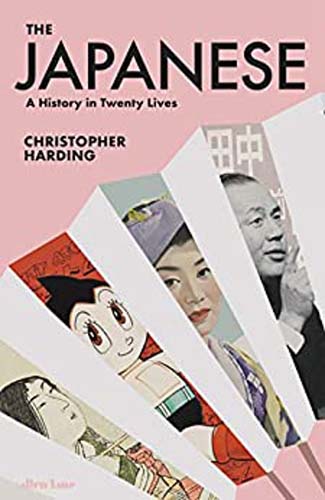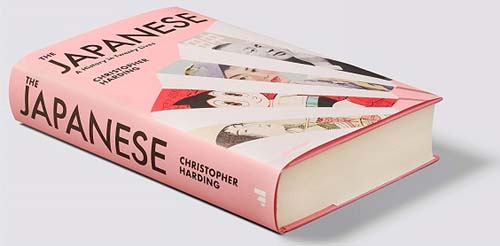
‘The Japanese: A History in Twenty Lives’
Iain Maloney
The 20th century saw a profound shift in emphasis to social history, people’s history, and latterly, the history of those pushed to the margins — women, people of color and the working class. At times this change felt like a dialectic struggle, a political choice rather than an academic one: to concentrate on the lords or the commons, the generals or the home front. In his second book on Japanese history, cultural historian Christopher Harding has found a way to synthesize both approaches.

Following his 2018 book, “Japan Story,” which was a more traditional and chronological run-through of key events, Harding’s new work scales things down to the level of the individual. He tells the personal stories of 20 figures representing defining eras, moments or aspects of Japan’s past and, by doing so, illuminates the whole with a fresh and fascinating perspective.
Some of his subjects are the great and eminent — Oda Nobunaga and Sakamoto Ryoma are two men you really can’t leave out of Japanese history. Emperor Kanmu, who founded Kyoto, represents the royal lineage, while Murasaki Shikibu, author of the “Tale of Genji,” and Osamu Tezuka of manga series “Atom Boy” fame would top anyone’s list for luminaries of the arts.
Other inclusions are more surprising but welcome. The little-known monk Shinran is an excellent example for understanding the often confusing power struggles within organized spirituality in Japan, while samurai and diplomat Hasekura Tsunenaga’s trip to Rome to see the pope in 1613 is the kind of story that gets lost in the broad sweep of history. In this book, such stories are made prominent.
It’s Harding’s choice to include Masako Owada, the current empress of Japan, that perhaps best embodies what the historian has achieved with this book.
For some, Empress Masako represents the fairytale dream of a commoner marrying her prince. For others, she personifies the ripping tensions of modern Japan: the multilingual, high-flying career woman shackled in marriage by a misogynist system that demands nothing from her but silence and fertility, all the while excluding her daughter from the line of succession. In the space of 30 pages, Harding portrays a real woman whose hopes and struggles are palpable, and then deftly connects her to a Japan grappling with its role in the world and its identity at home. Modernity and tradition are the two poles of Masako’s life, much like the rest of Japan.
By shifting focus without losing the renowned figures or the sweeping trends but rather leavening them with formerly unsung individuals, Harding is able to say something new about the history of Japan and reinvigorate old stories. As such, this book can act as a primer for the archipelago’s long and complex story, or as a refreshing take on familiar periods for those already well-versed in the emperors, shoguns and battlefields.
